As we have seen in previous episodes, Ulisse Aldrovandi (1522–1605) was one of the leading natural historians of the sixteenth century. The first ever professor for natural history at the University of Bologna.
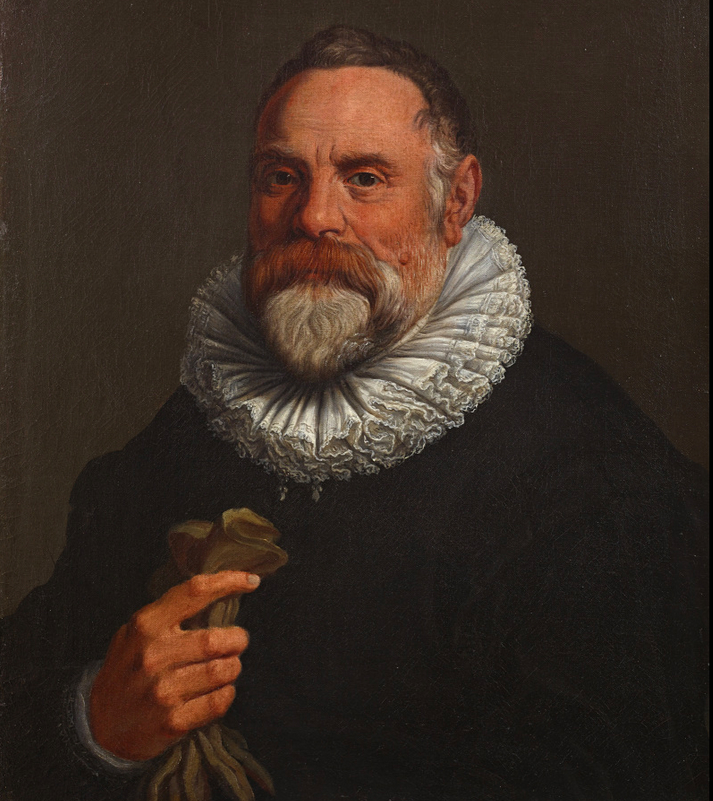
He created the university’s botanical garden, one of the oldest still in existence. Collected about 4760 specimens in his herbarium on 4117 sheets in sixteen volumes, which are still preserved in the university and wrote extensively on almost all aspects of natural history, although much of his writing remained unpublished at his death. However, despite all these other achievements in the discipline of natural history, visitors to Bologna during his lifetime came to see his teatro di natura (theatre of nature), also known as his natural historical collection or museum. This was housed in the palatial country villa that he built with the money he received from the dowry of Francesca Fontana, his wife, when he married her. His theatre contained some 18,000 specimens of the diversità di cose naturali (diverse objects of nature). These included flora and fauna, as well as mineral and geological specimens. He wrote a description or catalogue of his collection in 1595.
In 1603, after negotiation with the Senate, Aldrovandi arranged for his teatro di natura to be donated to the city of Bologna after his death in exchange for the promise that they would continue to edit and publish his vast convolute of unpublished papers. This duly took place, and his collection became a public museum in the Palazzo Poggi, the headquarters of the university, opening in 1617, as the first public science museum.
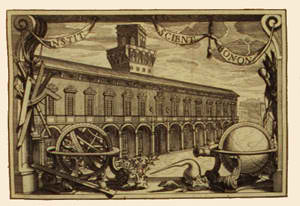
As with all of his natural history undertakings, Aldrovandi’s natural history museum was not the first, there being already ones in the botanical gardens of the universities of Pisa, Padua, and Florence but none of them approached the scope of Aldrovand’s magnificent collection. Also, later, the University of Montpelier had its own natural history collection. However, it wasn’t just institutions that created these early natural history museums. Individual apothecaries and physicians also set about collecting flora and fauna.
The apothecary Francesco Calzolari (1522–1609) had an impressive Theatrum Naturae in Verona with 450 species on display.
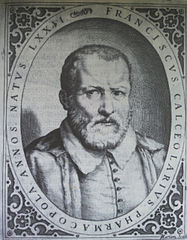
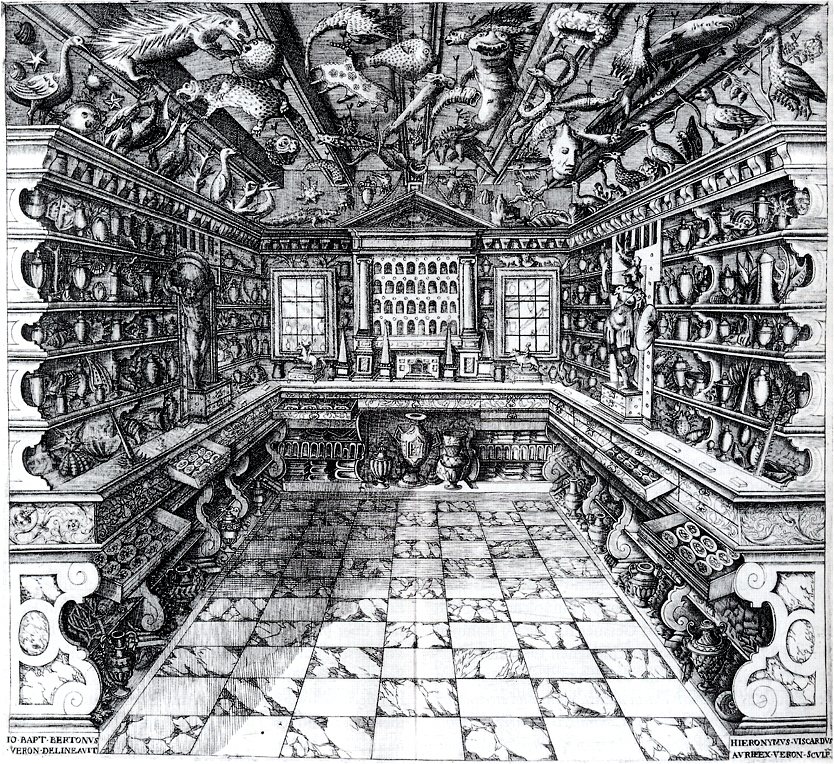
Likewise, the papal physician, Michele Mercati (1541–1593), who was superintendent of the Vatican Botanical Garden, had a notable collection concentrating on minerology, geology, and palaeontology in Rome
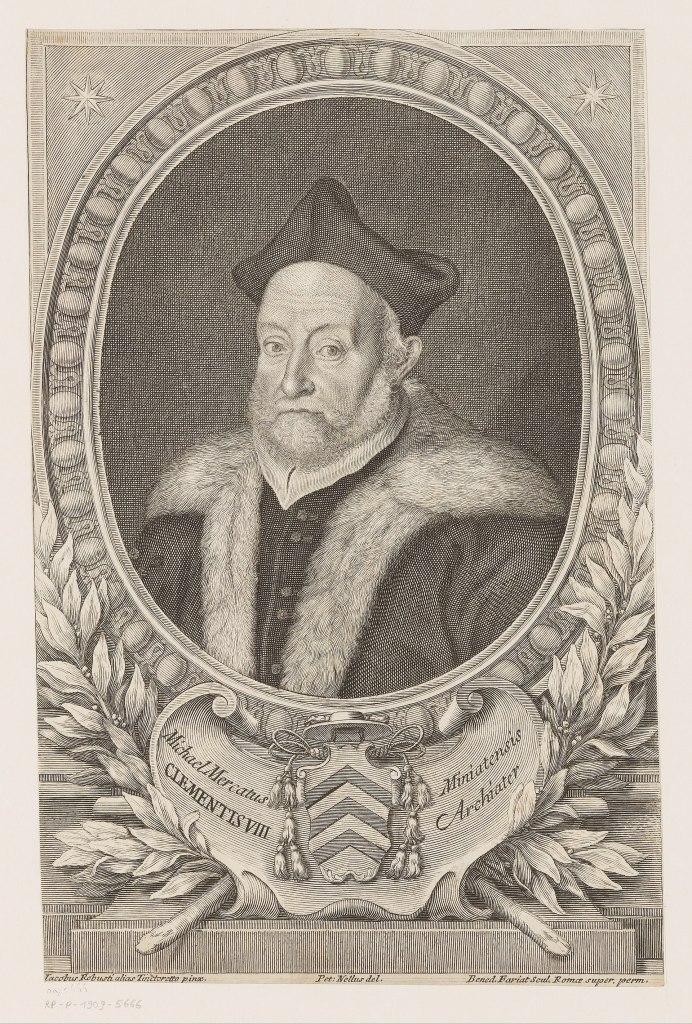
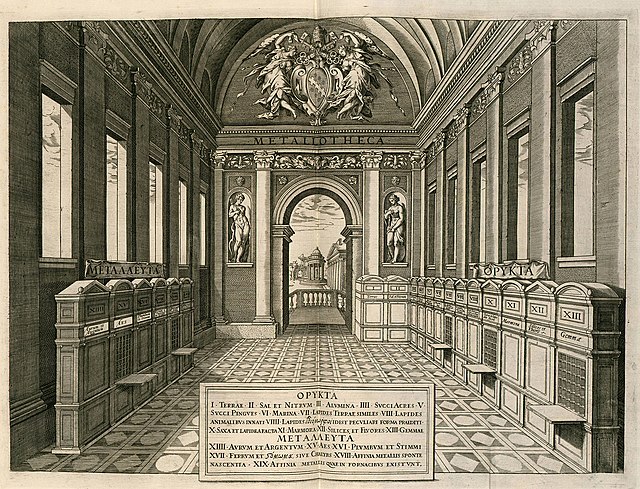
The Neapolitan apothecary Ferrante Imperato (1523–1620?) published Dell’Historia Naturale in Naples in 1599, which was based on his own extensive natural history collection and containing the first printed illustration of such a collection.
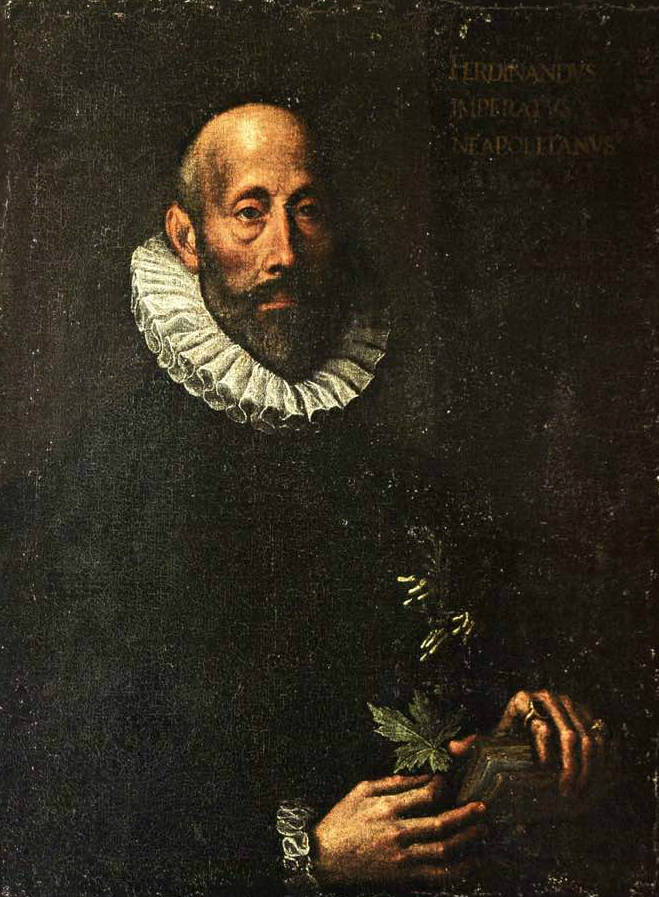
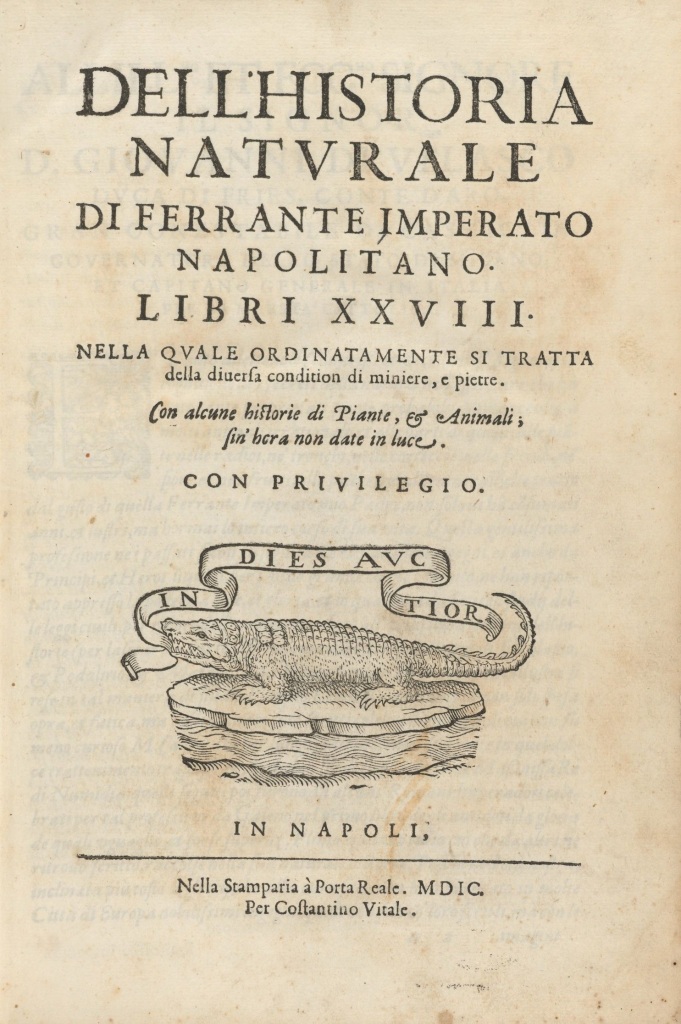
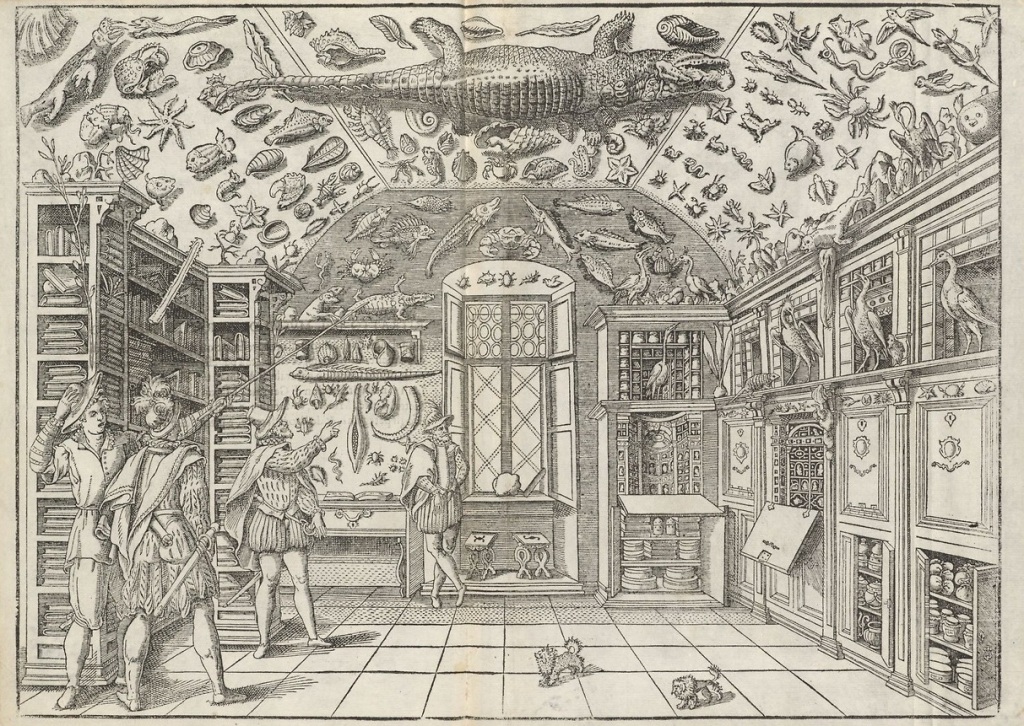
In the sixteenth century it became very fashionable for rulers to create cabinets of curiosities also know by the German terms as Kunstkammer or Wunderkammer. These were not new and had existed in the two previous centuries but in the Renaissance took on a whole new dimension. These contained not only natural history objects but also sculptures and paintings, as well curious items from home and abroad, with those from abroad taking on a special emphasis as Europe began to make contact with the rest of the world.
The curiosity cabinet is a vast topic, and I don’t intend to attempt to cover it in this blog post, also it is only tangentially relevant to the central topic of this blog post series. I will, however, sketch some aspect that are relevant. Although they covered much material that wasn’t scientific, they were fairly obviously inspired by various aspects of the increasingly empirical view of the world that scholars had been developing throughout the Renaissance. We don’t just go out and actually observe the world for ourselves, we also bring the world into our dwellings so that all can observe it there. They represent a world view created by the merging of history, art, nature, and science. Although principally the province of the rich and powerful, for whom they became a status symbol, some notable Wunderkammer were created by scholars and scholars from the various scientific disciplines were often employed to search out, collect, and then curate the object preserved in the cabinets.
Some of these cabinets created by the Renaissance rulers also had sections for scientific instruments and their owner commissioned instruments from the leading instrument makers of the era. These are not the average instruments created for everyday use but top of the range instruments designed to demonstrate the instrument makers skill and not just instruments but also works of art. As such they were never really intended to be used and many survive in pristine condition down to the present day. One such collection is that which was initially created by Elector August of Saxony (1526–1586), can be viewed in the Mathematish-Physikalischer Salon in the Zwinger in Dresden.
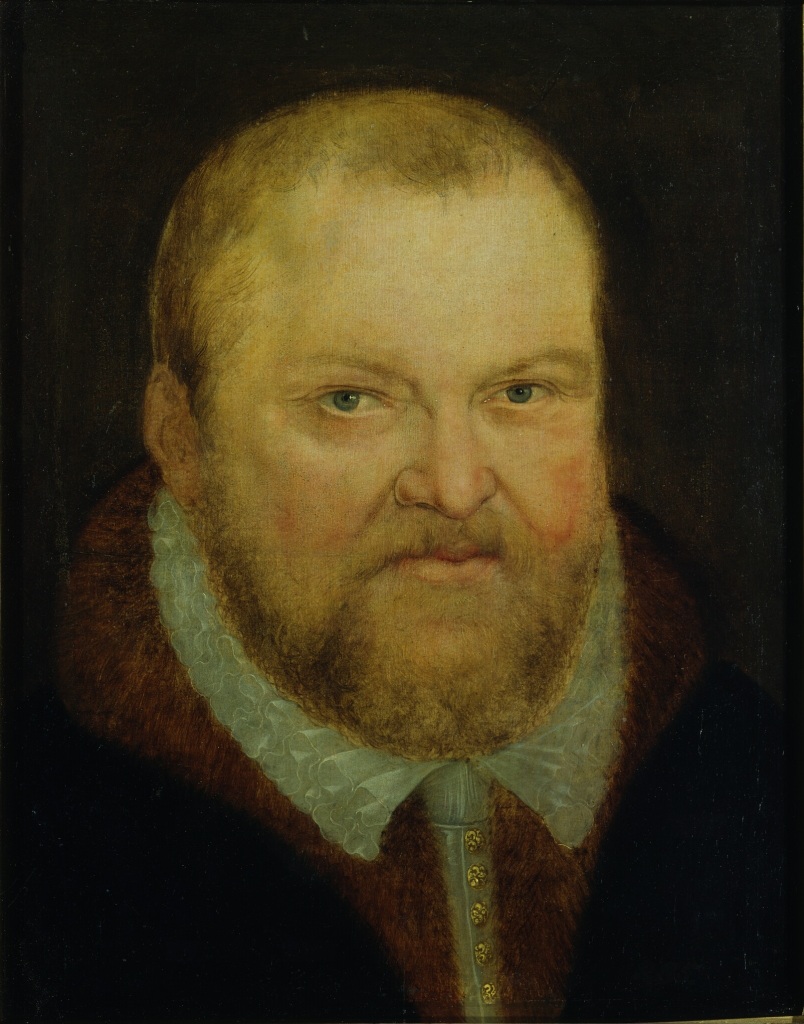
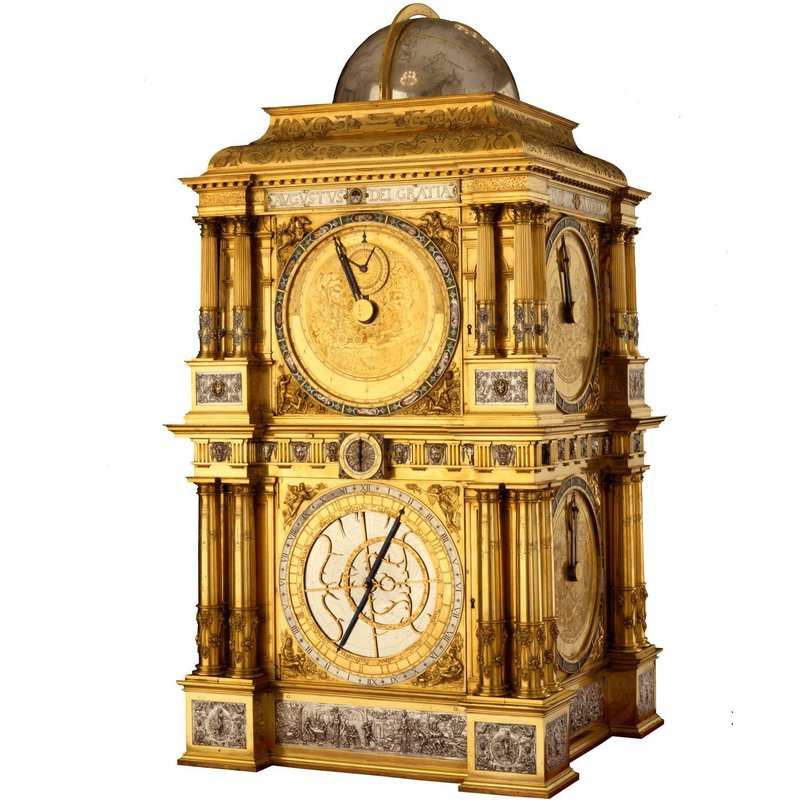
Equally impressive is the collection initially created by Wilhelm IV, Landgrave of Hessen-Kassel, (1532-1592), who ran a major observational astronomy programme, which can be viewed today in the Astronomisch-Physikalische Kabinett
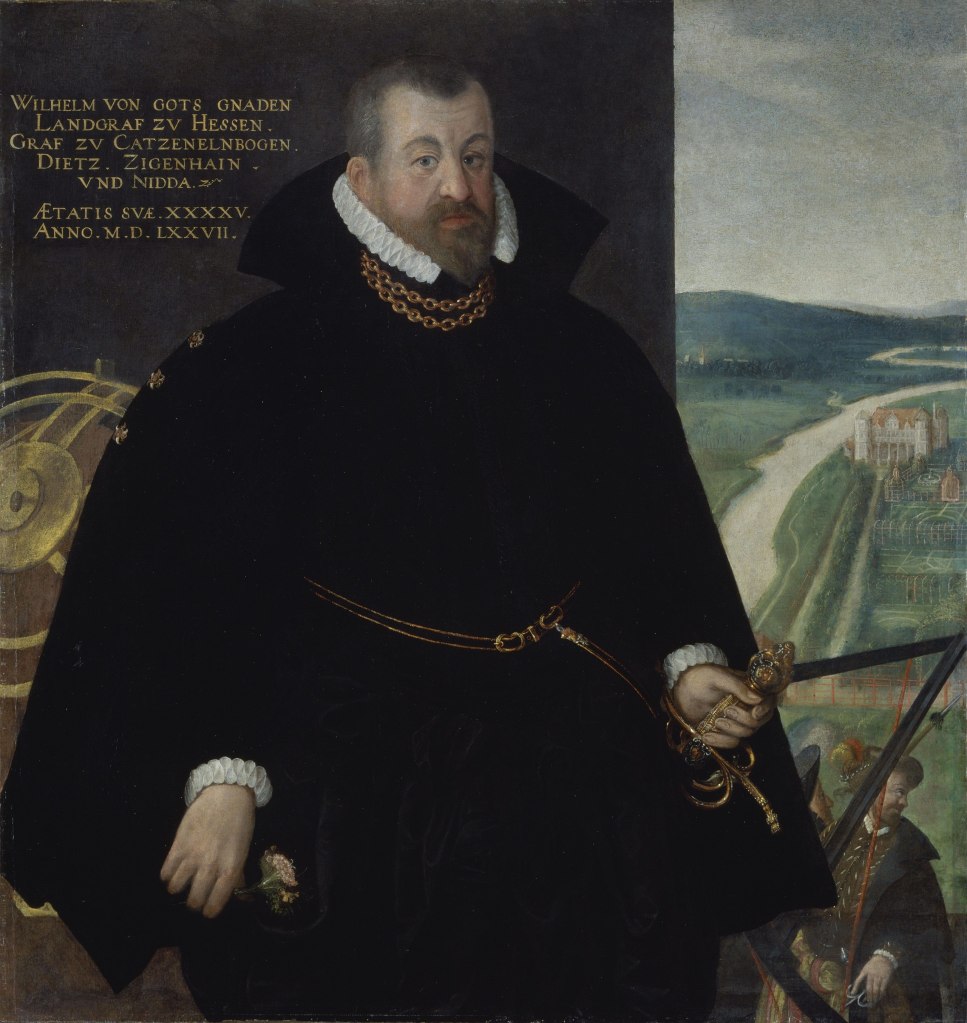
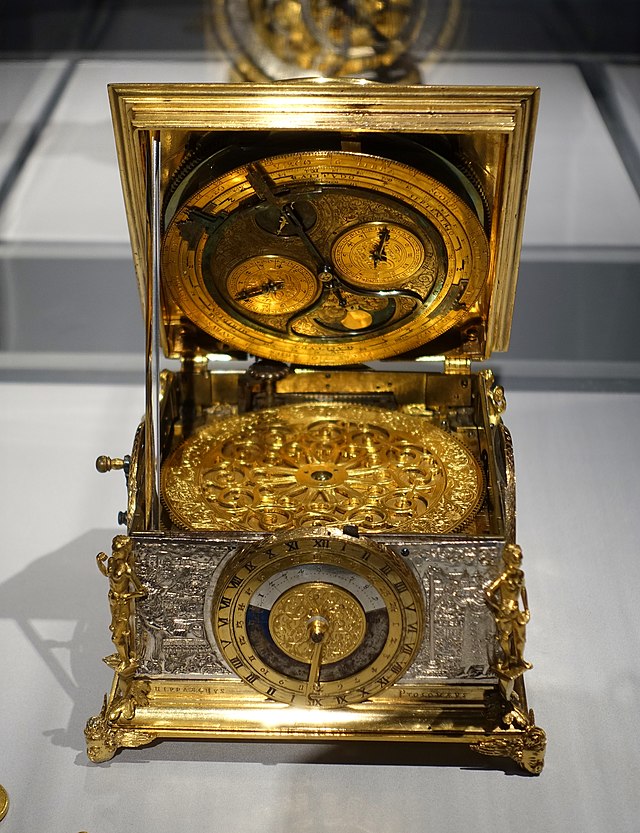
Not surprisingly Cosimo I de’ Medici Grand Duke of Tuscany (1519–1574)
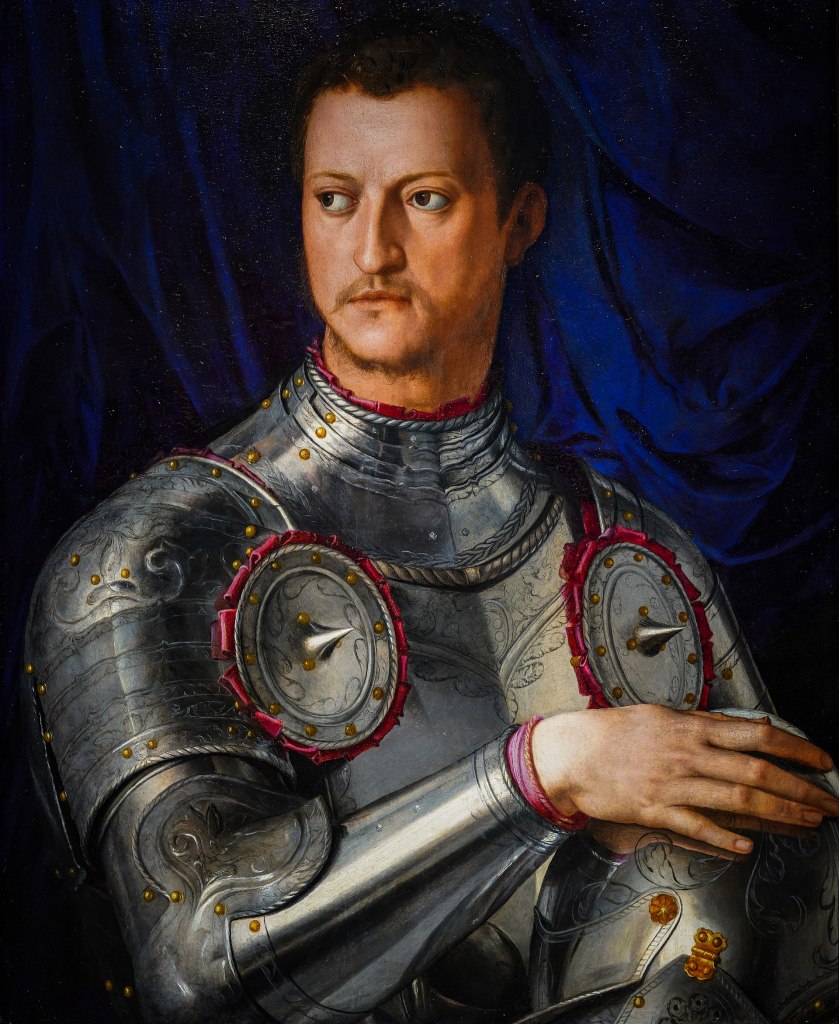
had his cabinet of curiosities, the Guardoroba Nuova, in the Palazzo Vecchio in Florence, designed by the artist and historian of Renaissance art Giorgi Vasari (1511–1574), who, as I have documented in an earlier post, in turn commissioned the artist, mathematician, astronomer and cartographer, Egnatio Danti (1536–1586), to decorate the doors of the carved walnut cabinets, containing the collected treasures, with mural maps depicting the whole world. Danti also designed the rooms centre piece, a large terrestrial globe.
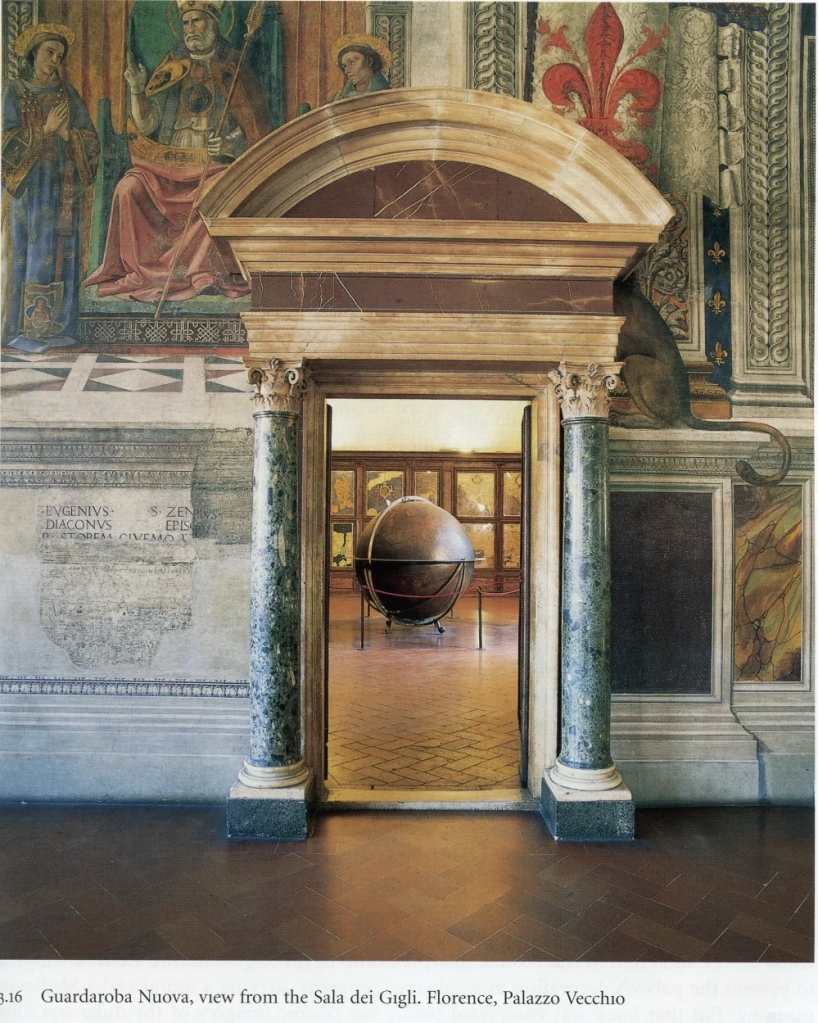
The alternative name Wunderkammer became common parlance because various German emperors and other rulers somewhat dominated the field of curiosity cabinet construction. Probably the largest and most spectacular Wunderkammer was that of the Holy Roman Emperor, Rudolf II (1552–1612).
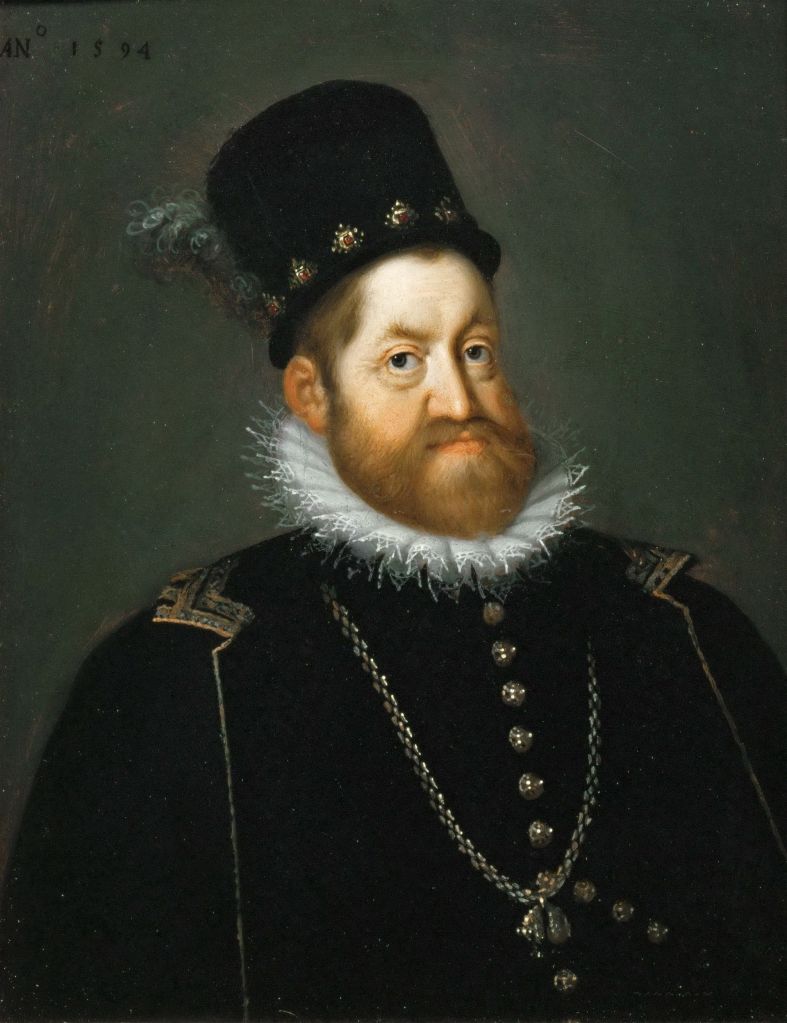
He was an avid art collector and patron, but he also collected mechanical automata, ceremonial swords, musical instruments, clocks, water works, compasses, telescopes, and other scientific instruments. His Kunstkammer incorporated the three kingdoms of nature and the works of man. Unusually, Rudolf’s cabinet was systematically arranged in encyclopaedic fashion, and he employed his court physician Anselmus de Boodt (1550–1632), a Flemish humanist, minerologist, physician, and naturalist to catalogue it. De Boodt had succeeded Carolus Clusius (1526–1609) as superintendent of Rudolf’s botanical garden.
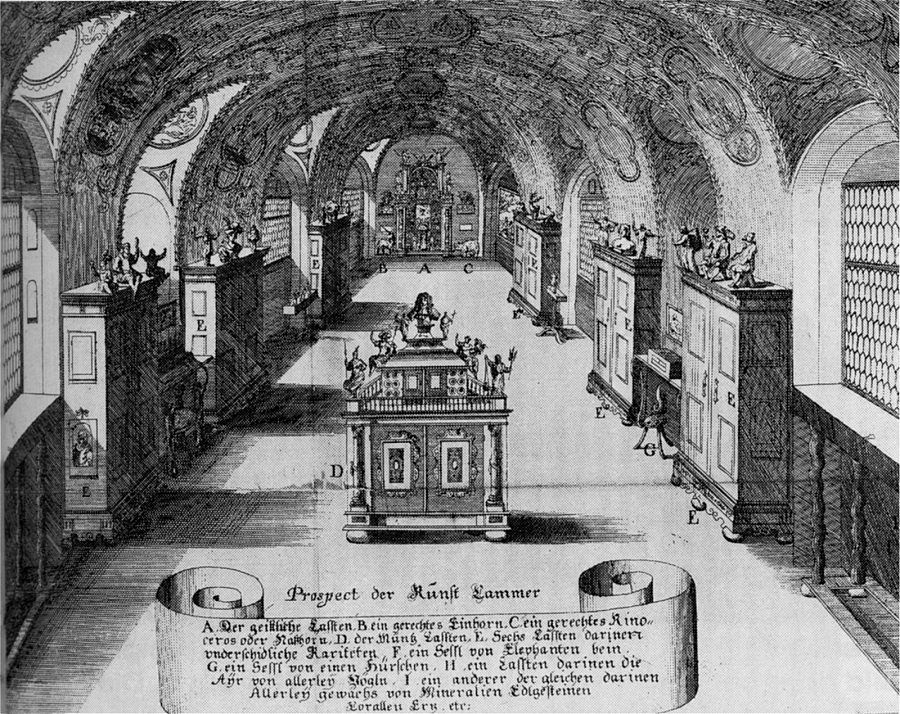
Although it was a private institution, Rudolph allowed selected professional scholars to study his Wunderkammer. In fact, as well as inanimate objects Rudolf also studiously collected some of Europe’s leading scholars. The astronomers Nicolaua Reimers Baer (1551–1600), Tycho Brahe (1546–1601), and Johannes Kepler (1571–1630) all served as imperial mathematicus. The instrument maker, Jost Bürgi came from Kassel to Prague. As already mentioned, Carolus Clusius (1526–1609) and Anselmus de Boodt (1550–1632) both served as superintendent of the imperial botanical gardens. The later also served as personal physician to Rudolf, as did the Czech naturalist, astronomer, and physician Thaddaeus Hagecius ab Hayek (1525–1600). The notorious occultist Edward Kelly (1555-1597) worked for a time in Rudolf’s alchemy laboratory.
When Rudolf died his Wunderkammer was mostly transferred to Vienna by his brother and successor as Holy Roman Emperor, Matthias, where it was gradually dissipated over the years. Although, his was by far the most spectacular Rudolf’s was only one of many cabinets of curiosity created during the Renaissance by the rich and powerful as a status symbol. However, there were also private people who also created them; the most well-known being the Danish, naturalist, antiquary, and physician Ole Worm (1588–1654).
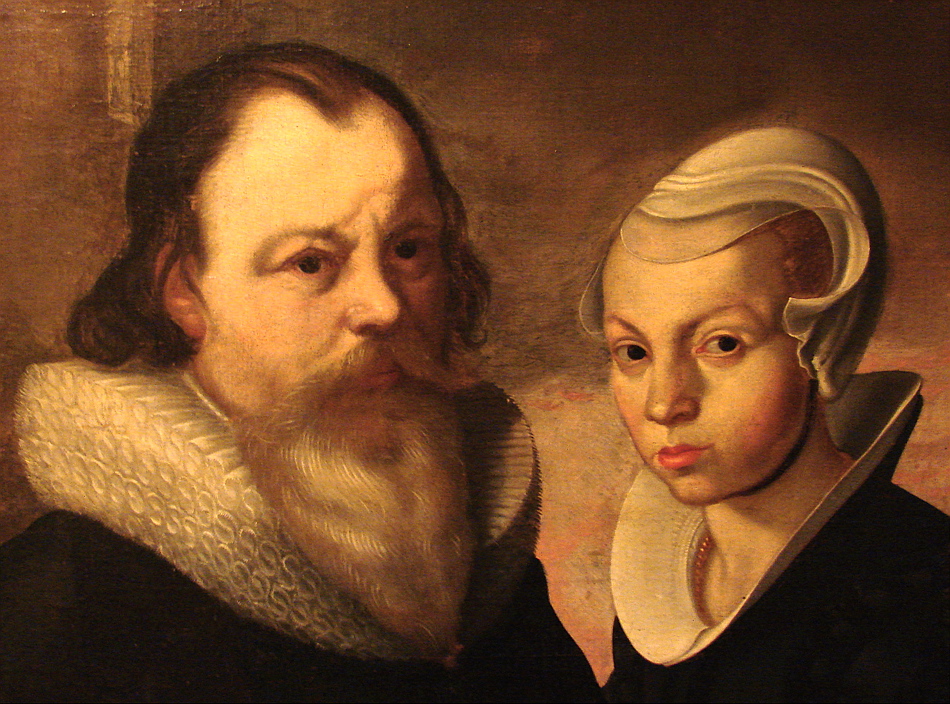
Son of Willum Worm a mayor of Aarhus, he inherited substantial wealth from his father. After attending grammar school, he studied theology Marburg and graduated Doctor of Medicine at the University of Basel in 1611. He also graduated MA at the University of Copenhagen in 1618. He spent the rest of his life in Copenhagen, where he taught Latin Greek, physics, and medicine, whilst serving as personal physician to the Danish King, Christian IV (1577–1648). He died of the bubonic plague after staying in the city to treat the sick during an epidemic.
As a physician he contributed to the study of embryology. Other than medicine he took a great interest in Scandinavian ethnography and archaeology. As a naturalist he determined that the unicorn was a mythical beast and that the unicorn horns in circulation were actually narwhal tusks. He produced the first detail drawing of a bird-of-paradise, proving that they, contrary to popular belief, did in fact have feet. He also drew from life the only known illustration of the now extinct great auk.
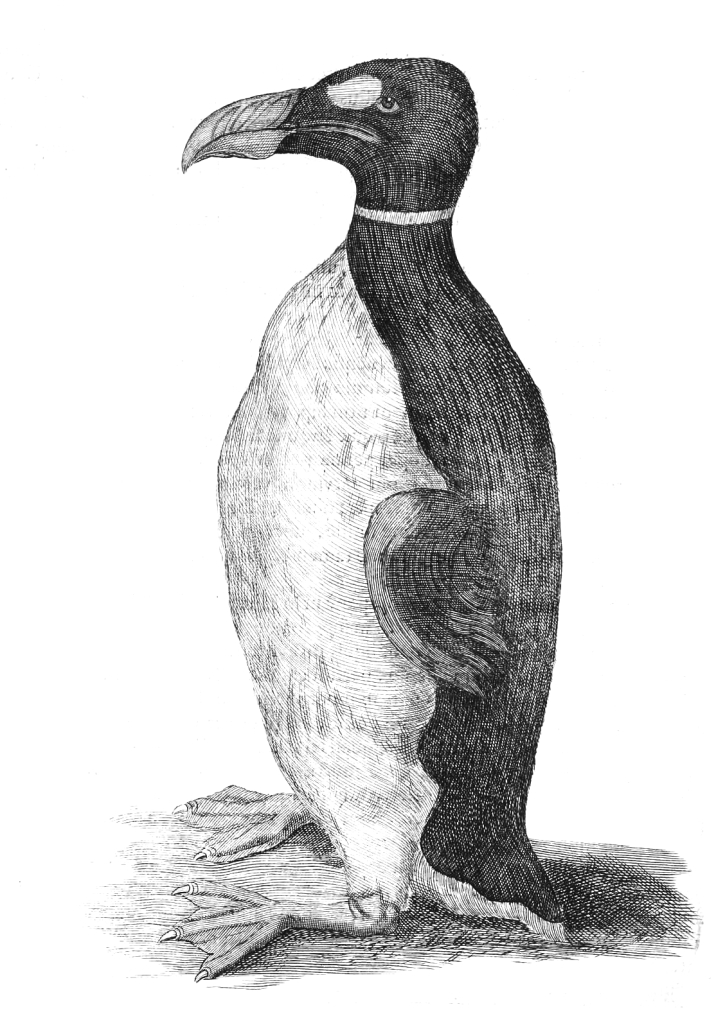
Worm is best known today for his extensive cabinet of curiosity the Museum Wormianum a great collection of curiosities ranging from native artifacts from the New World, to stuffed animals and fossils in which he specialised.
 100vw, 1024px”></a><figcaption class=) 1655 – Frontispiece of Museum Wormiani Historia Source: Wikimedia Commons
1655 – Frontispiece of Museum Wormiani Historia Source: Wikimedia CommonsAs with other cabinets, Worm’s collection consisted of minerals, plants, animals, and man-made objects. Worm complied a catalogue of his collection with engravings and detailed descriptions, which was published posthumously in four books, as Museum Wormianum. The first three books deal respectively with minerals, plants, and animals. The fourth is archaeological and ethnographical items.
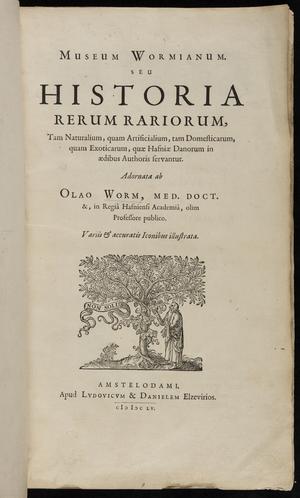
Museum Wormianum. Seu historia rerum rariorum, tam naturalium, quam artificialium, tam domesticarum, quam exoticarum, quæ Hafniæ Danorum in œdibus authoris servantur. Adornata ab Olao Worm … Variis & accuratis iconibus illustrata. Source
A private cabinet of curiosity that then became an institutional one was that of the Jesuit polymath, Athanasius Kircher (1602-1680). Kircher referred to variously as the Master of a Hundred Arts and The Last man Who Knew Everything belonged very much to the Renaissance rather than the scientific revolution during which he lived and was active.
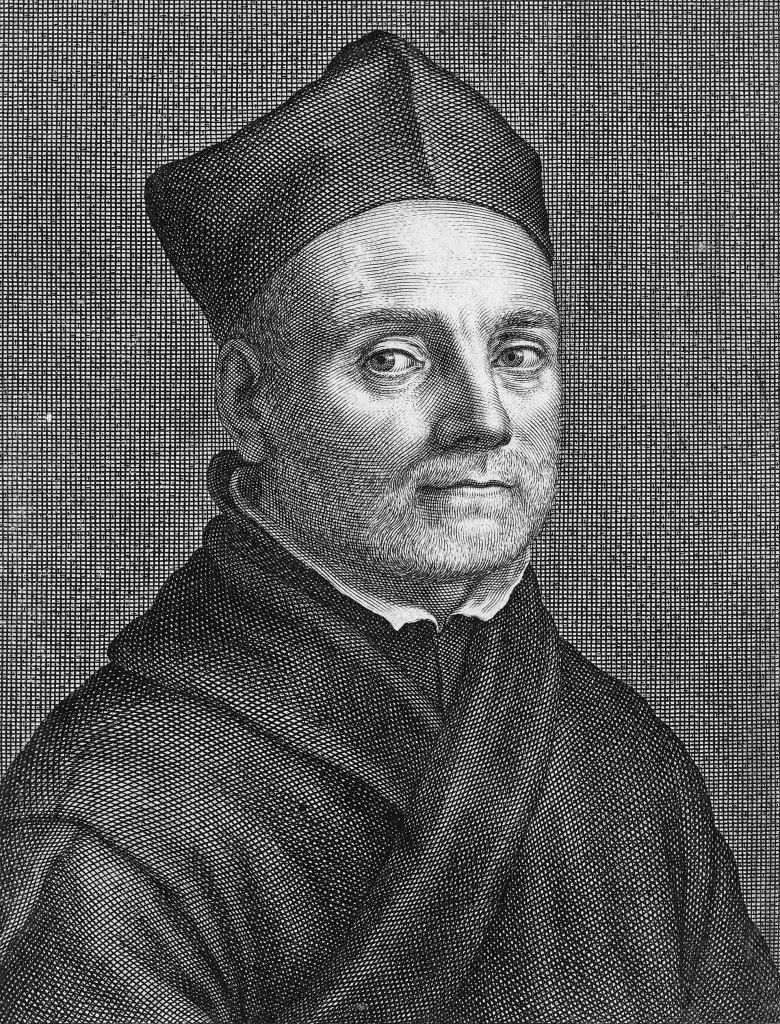
He was author of about forty major works that covered a bewildering range of topics, which ranged from the genuinely scientific to the truly bizarre. Immensely popular and widely read in his own time, he quickly faded into obscurity following his death. Born in Fulda in Germany, one of nine children, he attended a Jesuit college from 1614 till 1618 when he entered the Jesuit Order. Following a very mixed education and career he eventually landed in the Collegio Romano in 1634, where he became professor for mathematics. Here he fulfilled an important function in that he collected astronomical data from Jesuit missionaries throughout the world, which he collated and redistributed to astronomers throughout Europe on both sides of the religious divide.
Given he encyclopaedic interests it was perfectly natural for Kircher to begin to assemble his own private cabinet of curiosities. In 1651, the Roman Senator Alfonso Donnini (d.1651) donated his own substantial cabinet of curiosities to the Collegio, and the authorities decided that it was best placed in the care of Father Kircher. Combining it with his own collection, Kircher established, what became known as the Musæum Kircherianum, which he continued to expand throughout his lifetime.
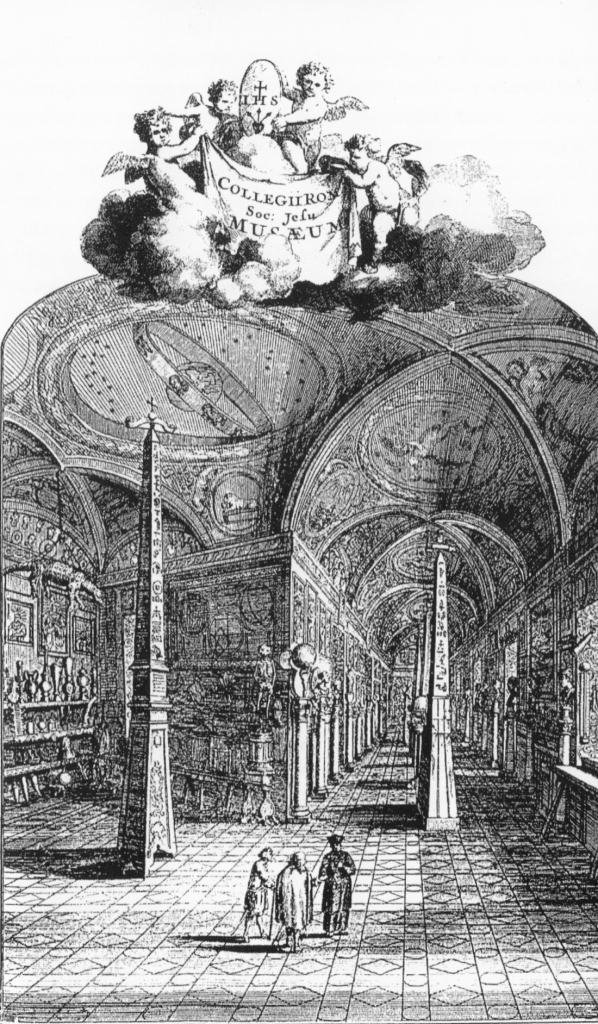
The museum became very popular and attracted many visitors. Giorgio de Sepibus published a first catalogue in 1678, the only surviving evidence of the original layout. Following Kircher’s death the museum fell into neglect but was revived, following the appointment of Filippo Bonanni (1638–1725), Kercher’s successor as professor of mathematics, as curator in 1698. Bonnani published a new catalogue of the museum in 1709. The museum prospered till 1773 till the suppression of the Jesuit Order led to its gradual dissipation, reestablishment in 1824, and final dispersion in 1913.
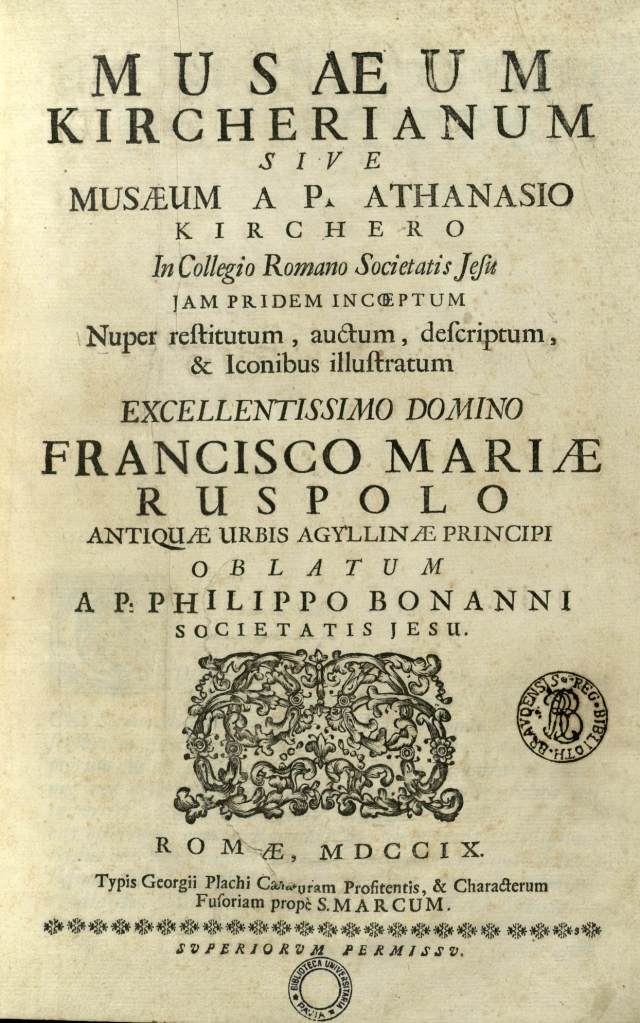
As we have seen cabinets of curiosities often evolved into public museums and I will close with brief sketches of two that became famous museums in England in the seventeenth and eighteenth centuries.
John Tradescant the Elder (c. 1570–1638) was an English, naturalist, gardener, and collector. He was gardener for a succession of leading English aristocrats culminating in service to George Villiers, 1st Duke of Buckingham. In his duties he travelled widely, particularly with and for Buckingham, visiting the Netherlands, Artic Russia, the Levant, Algiers, and France. Following Buckingham’s assassination in 1628, he was appointed Keeper of the King’s Gardens, Vines and Silkworms at Oatlands Palace in Surrey.
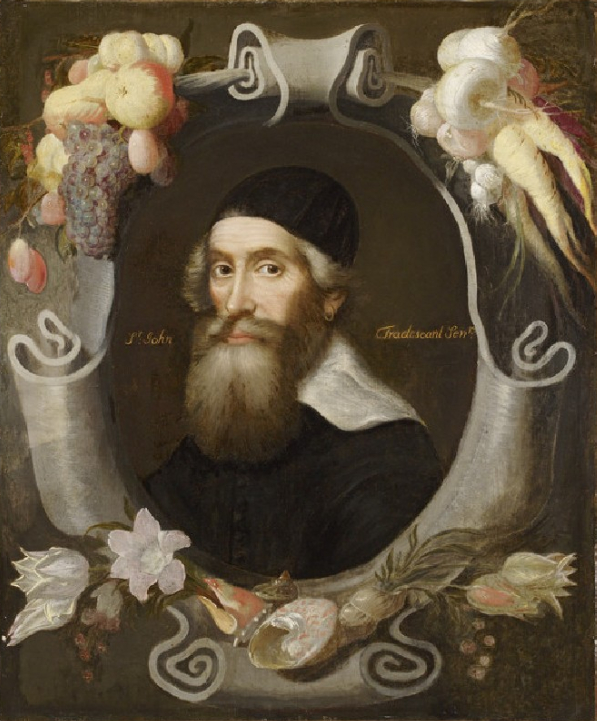
On his journeys he collected seeds, plants, bulbs, as well as natural historical and ethnological curiosities. He housed this collection, his cabinet of curiosities, in a large house in Lambeth, The Ark.
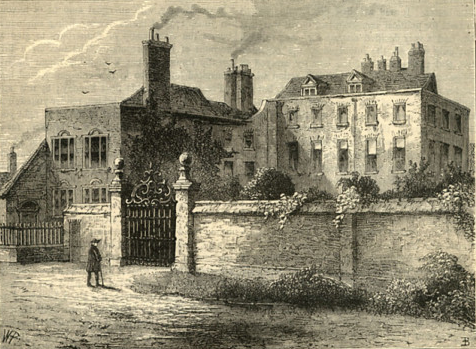
This was opened to the public as a museum. The collection also included specimens from North America acquired from colonists, including his personal friend John Smith (1580–1631), soldier, explorer, colonial governor, and Admiral of New England.
His son, John Tradescant the Younger (1608–1662) followed his father in becoming a naturalist and a gardener.
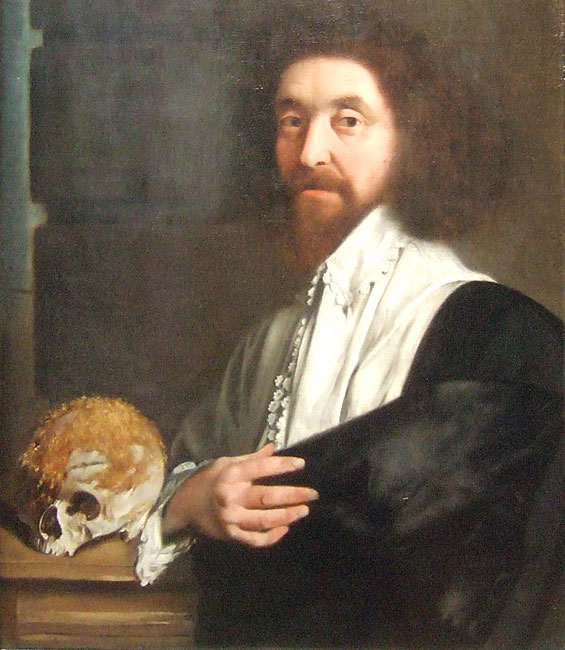
Like his father he travelled widely including two trips to Virginia between 1628 and 1637. He added both botanical and other objects extensively to the family collection in The Ark. When his father died, he inherited his position as head gardener to Charles I and Henrietta Maria of France working in the gardens of Queens House in Greenwich. Following the flight of Henrietta Maria in the Civil War, he compiled a catalogue of the family cabinet of curiosities, as Museum Tradescantianum, dedicated to the Royal College of Physicians with whom he was negotiating to transfer the family botanical garden. A second edition of the catalogue was dedicated to Charles II after the restoration.
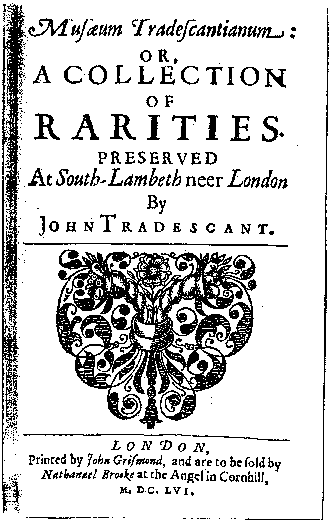
Around 1650, John Tradescant the Younger became acquainted with the antiquarian, politician, astrologer and alchemist, Elias Ashmole (1617–1692), who might be described as a social climber.
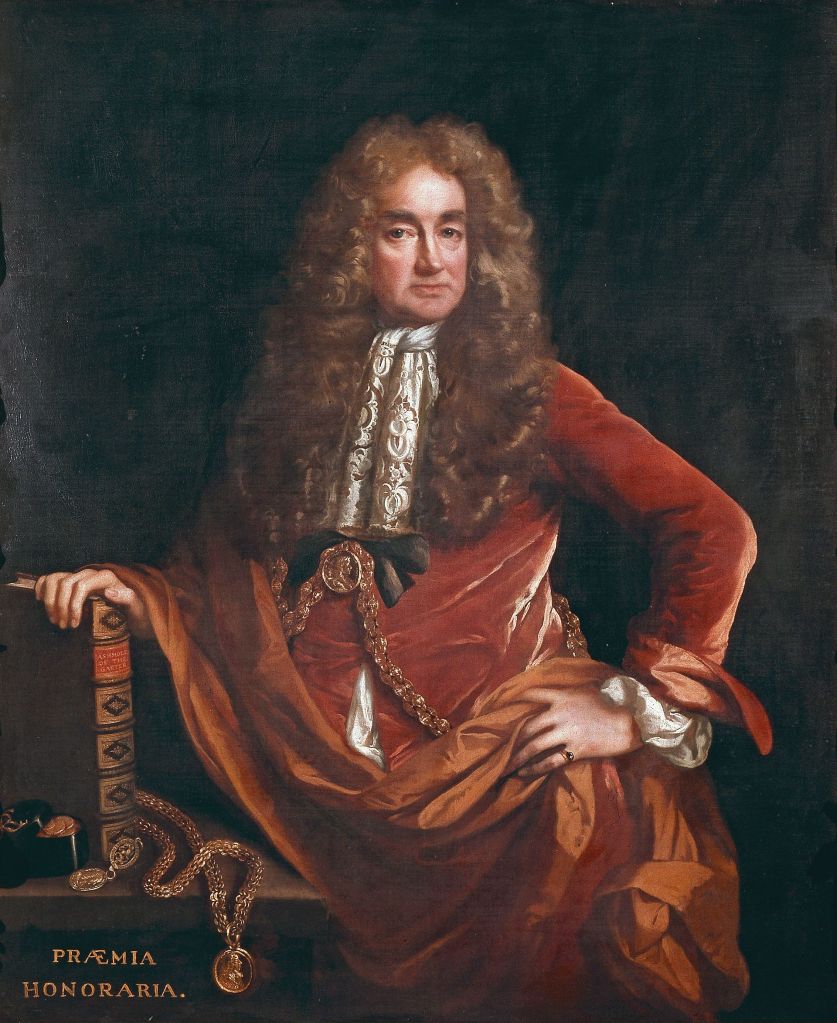
Born into a prominent but impoverished family, he managed to qualify as a solicitor with the help of a prominent maternal relative. He married but his wife died in pregnancy, just three years later in 1641. In 1646-47, he began searching for a rich widow to marry. In 1649, he married Mary, Lady Mainwaring, a wealthy thrice widowed woman twenty years older than him. The marriage was not a success and Lady Manwaring filed suit for separation and alimony, but the suit was dismissed by the courts in 1657 and having inherited her first husband’s estate, Ashmole was set up for life to pursue his interests in alchemy and astrology, without having to work.
Ashmole helped Tradescant to catalogue the family collection and financed the publication of the catalogue in 1652 and again in 1656. Ashmole persuaded John Tradescant to deed the collection to him, going over into his possessing upon Tradescant’s death in 1662. Tradescant’s widow, Hester, challenged the deed but the court ruled in Ashmole’s favour. Hester held the collection in trust for Ashmole until her death.
In 1677, Ashmole made a gift of the Tradescant collection together with his own collection to the University of Oxford on the condition that they build a building to house them and make them available to the general public. So, the Ashmolean Museum, the world’s second university museum and Britain’s first public museum, came into existence on 24 May 1683.
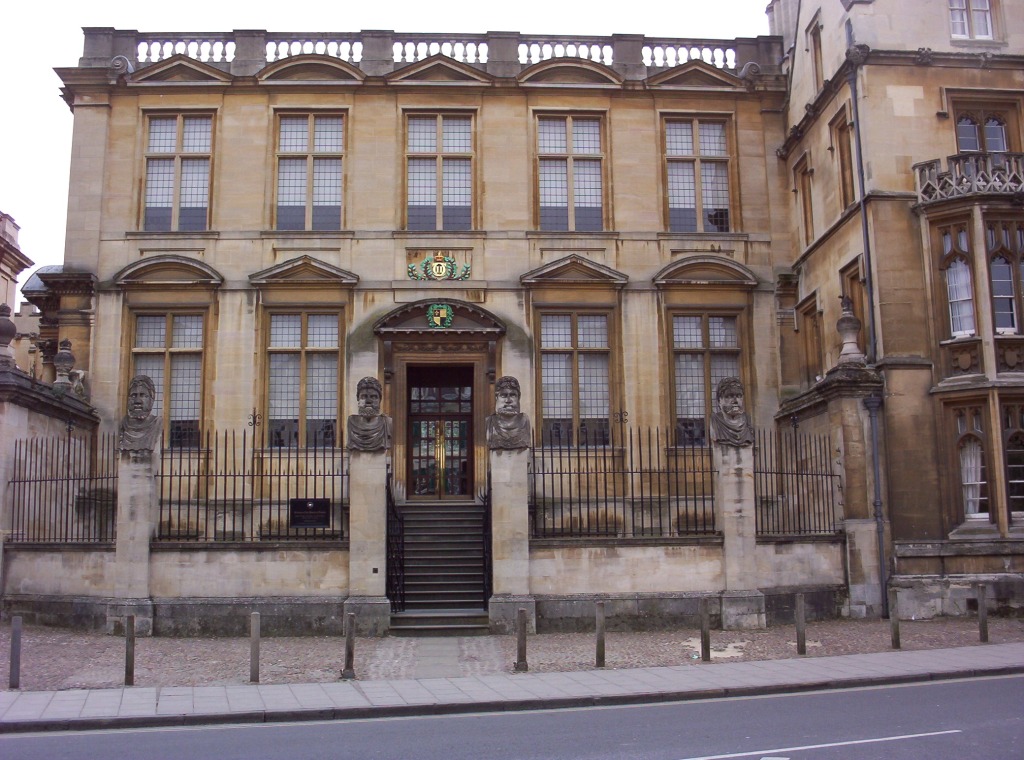
My second British example is the cabinet of curiosities of Hans Sloane (1660–1753), physician, naturalist, and collector.
 100vw, 642px”></a><figcaption class=) Slaughter, Stephen; Sir Hans Sloane, Bt; Source: National Portrait Gallery, London via Wikipedia Commons
Slaughter, Stephen; Sir Hans Sloane, Bt; Source: National Portrait Gallery, London via Wikipedia Commons Sloane was born into an Anglo-Irish family in Killyleagh a village in County Down, Ulster. Already as a child Sloane began collecting natural history items and curiosities, which led him to the study of medicine. In London, he studied botany, materia medica, surgery, and pharmacy. In 1687, he travelled to Jamaica as personal physician to the new Governor Christopher Monck, 2nd Duke of Albemarle. Albemarle died in the following year, so Sloane was only in Jamaica for eighteen months, however, in this time he collected more than a thousand plant specimens and recorded eight hundred new species of plants, starting a lifetime of collecting.
Sloane married the widow Elizabeth Langley Rose a wealthy owner of Jamaican sugar plantation worked by slaves, making Sloane independently wealthy. There followed a successful career as physician, Secretary of the Royal Society, editor of the Philosophical Transactions, President of the Royal College of Physicians, and finally President of the Royal Society. Throughout his life, Sloane continued to collect. He used his wealth to acquire the natural history collections of Barbadian merchant William Courten (1572–1636), papal nuncio Cardinal Filippo Antonio Gualterio (1660–1728), apothecary James Petiver (c.1665–1718), plant anatomist Nehemiah Grew, botanist Leonard Plukenet (1641–1706), gardener and botanist the Duchess of Beaufort (1630–1715), botanist Adam Buddle (1662–1715), physician and botanist Paul Hermann (1646–1695), botanist and apothecary Franz Kiggelaer (1648–1722), and botanist, chemist, and physician Herman Boerhaave (1668–1738).
When he died Sloane’s collection of over seventy-one thousand items– books manuscripts, drawings, coins and medals, plant specimens and more–was sold to the nation for £20,000, well below its true value. It formed to founding stock of the British Museum and British Library, which opened in 1759.
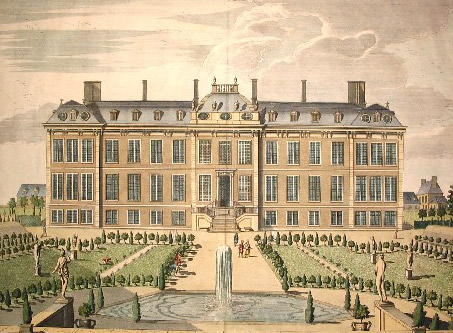
The natural history collection was split off to found the Natural History Museum, which opened in South Kensington in 1881.
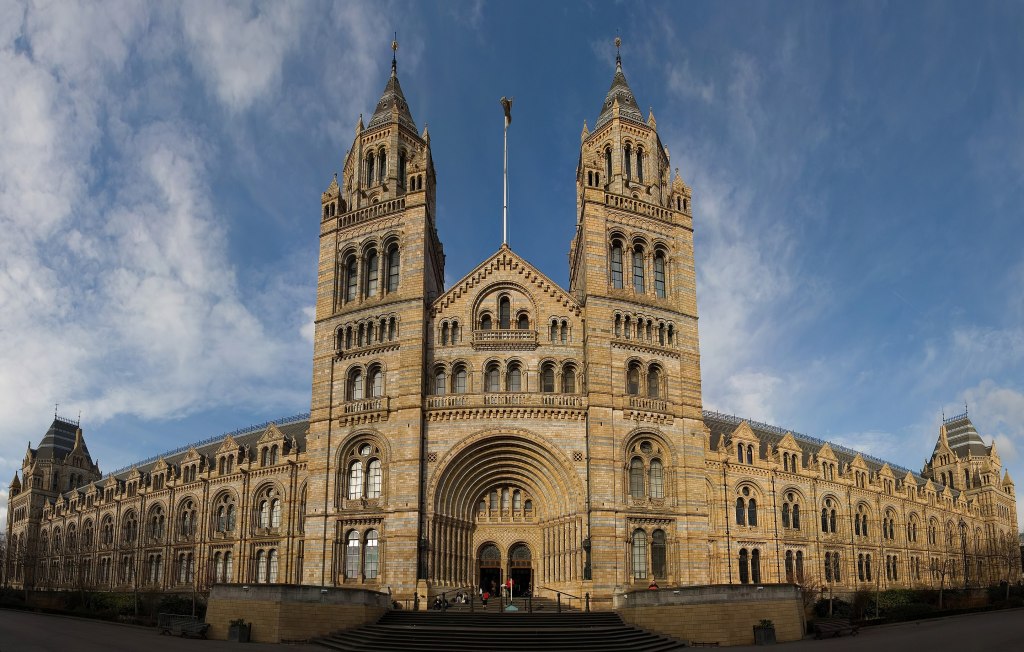
The Renaissance practice of creating cabinets of curiosities played a significant role in the creation of modern museums in Europe. It also provided scientists with collections of materials on which to conduct their research, an important element in the development of empirical science in the Early Modern Period.